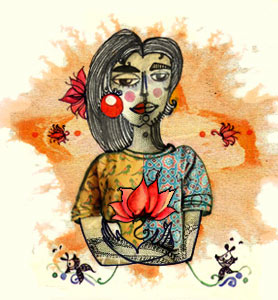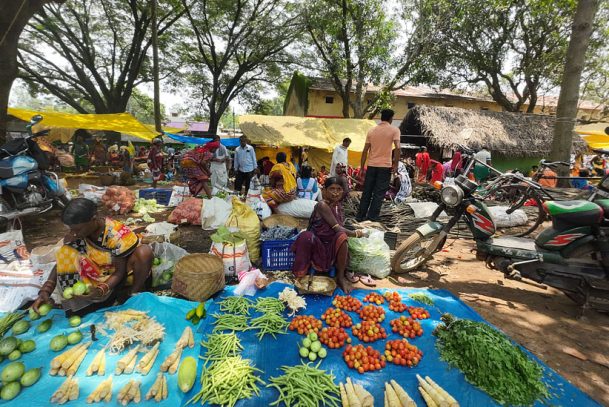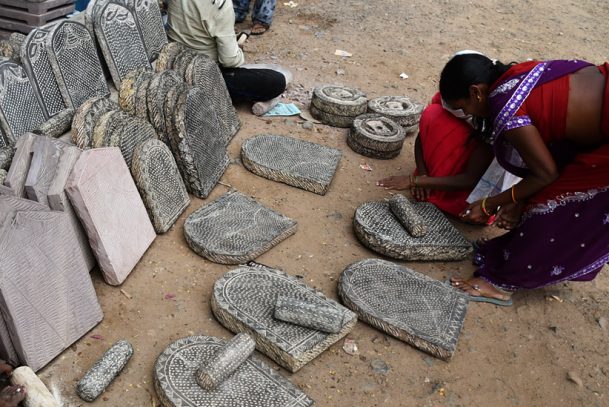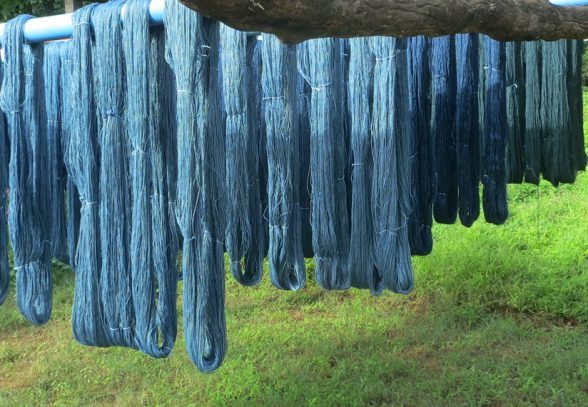A Journey into Nature’s Classroom: Living Sustainability

Traveling through a city lined with towering buildings and streets illuminated by LED lights that turn the darkest night into day, the air buzzes with the sound of urban life. Yet, the same roads lead to a place where the buildings are eventually replaced by towering Saal trees, phone signals falter, and the only sound is that of nature. Even with closed eyes, your lungs, ears, and nose can tell you that you have arrived in a place where nature reigns supreme. But does this mean there are no humans here? Far from it. Here, people live in harmony with nature, preserving it for thousands of years.

Once, a group of friends went on this offbeat path, to reach a tribal village, where they planned to attend a small village function. Upon arrival, they realized just how original and untouched everything felt—no artificial smell, no polluted air, only clean surroundings, natural clay, and people who were deeply connected to their environment. For those accustomed to the fast urban life, it was initially difficult to grasp how life could function without the internet or television. What do people do here all day? However, their dilemma was soon answered when they first handedly saw how busy everyone was arranging things locally and living peacefully.
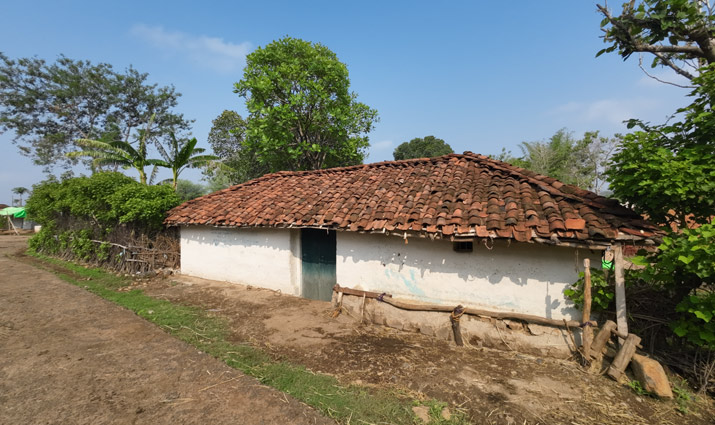
The following day, the moment of true realization actually came to them, when someone noticed that there were not enough plates for the guests’ lunch. At that moment, a young man, who seemed familiar with the city life, dressed in jeans and a T-shirt, instantly suggested sending someone to the city to buy disposable plates. But then, an elderly Gond woman, her hands adorned with tattoos, stood up. Well-built and dressed in a knee-length green saree, she confidently said, “Why buy plates? Give me 30 minutes.”
The woman immediately sprang into action. She went to the backyard, gathered fresh leaves, and fetched bamboo pins from scraps. Within half an hour, she had crafted pattals (leaf plates) and dona (leaf bowls) for 20 people. Watching her work, the group realized what true sustainability looks like—living a life deeply rooted in resourcefulness, using what nature provides without destroying it.

After witnessing this scene, everyone’s perspective began to shift. They realized that most of the things that they were using in the village were sourced locally. Houses were made from local clay, food was grown in their backyards, fish came from nearby rivers, fuel was provided by cow dung cakes or wood, and clothing was minimal yet sufficient. What else does one need to live a good life?
Since there was no internet or television to pass time, the friends’ decided to sit and talk in the evening. Sitting next to a fire, they discussed how these villagers were already living sustainably. Mohit remarked, “What we discuss in cities about sustainability is often just jargon, meant for urban contexts, or ideas floated by intellectuals. Most places were sustainable before industrial capitalism altered people’s minds, and the internet did the rest.”
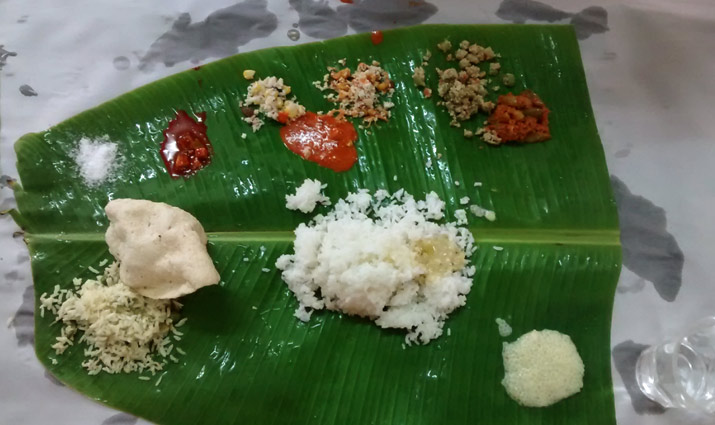
Naveen added, “Most of the waste that we generate in cities comes from disposable eating and packaging materials. When we look at older practices, for instance, in North India, pattals and dona were commonly used, and tea was served in clay kulhads. In South India, banana leaves replaced pattals. Even the way food was arranged on these plates was practical, requiring no additional bowls. When these were discarded, cows enjoyed a feast.” Madhuri added, “Not just that—when thrown away, these items decomposed naturally and nourished the soil as well.” Everyone enjoyed the conversation under a clear sky, watching fireflies light up the trees.
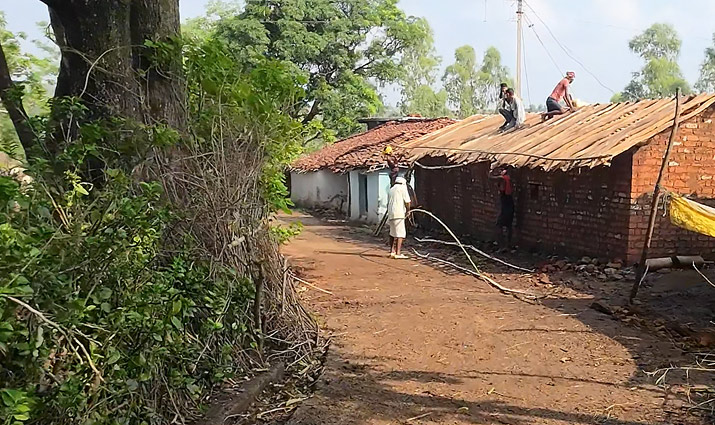
The next morning, during a walk to the river, they saw how locals constructed houses using clay bricks, bamboo, grass, lime, and wood. Curious, Vijay, an architect, asked a worker, “Why don’t you use fired bricks?” The worker replied, “We don’t fire the bricks. They’re made from clay and bhoosa (rice husk waste).” Surprised, Vivek asked, “But surely you bring in expert workers?” An elderly villager replied, “No, everyone here is a neighbor or relative. We help each other based on our skills.”
Later that evening, everyone started craving tea. When they inquired about a tea shop nearby, the sarpanch said, “We don’t have tea shops, but I can arrange tea and sugar for you.” On this, Naina asked, “What about milk?” The sarpanch replied, “Milk is only available in the morning, but someone coming from a nearby town can bring a tetra pack for you.” After an hour, the milk arrived. They gathered dry wood, made tea, and shared it. Since there was no refrigerator for storage, they consumed the entire tetra pack in one sitting. This made them realize thatthe villagers do not have a concept of storing cooked food, people there cooked fresh food and relied on freshly harvested vegetables, milk, and fruits.
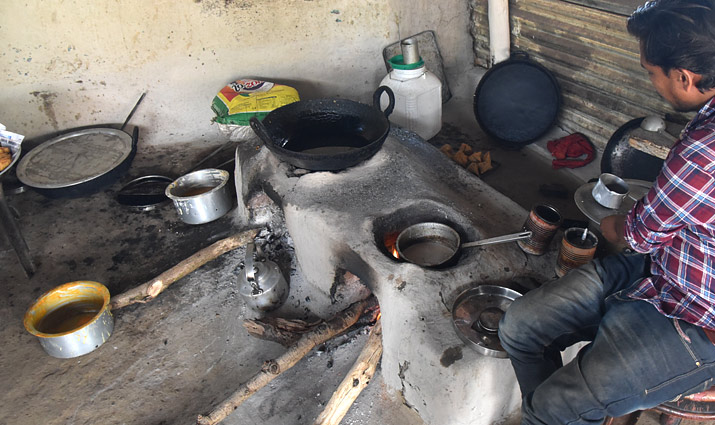
By the end of their visit, the group had a clear understanding of the concept of sustainability. Sitting in air-conditioned rooms surrounded by expensive gadgets, it’s easy to theorize about a sustainable living. But practicing it requires adopting the lifestyle of these native people, who have lived sustainably for centuries. In urban settings, where demands are driven by relentless marketing, it feels nearly impossible to embrace this simplicity. Our lives, surrounded by countless objects, always leaves us feeling less fulfilled, constantly yearning for more.
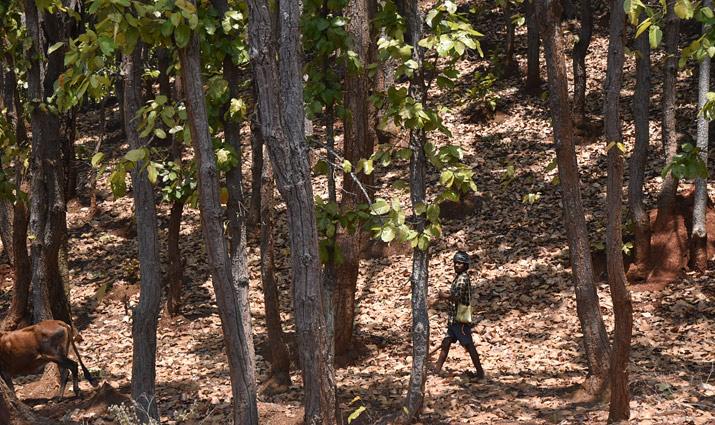
As they returned back to the city, the contrast became clear. Leaves appeared less green, the sky turned back from blue to grey, and the soil was found littered with plastic and fabric. This contrasting image hit the group of friends hard, who had fallen in love with the simplicity of village life, where fewer options led to greater joy. In the city, endless options fail to satisfy our greed, and sustainability remains something confined to PowerPoint presentations. The only way to get closer to sustainability is by reducing our needs.



